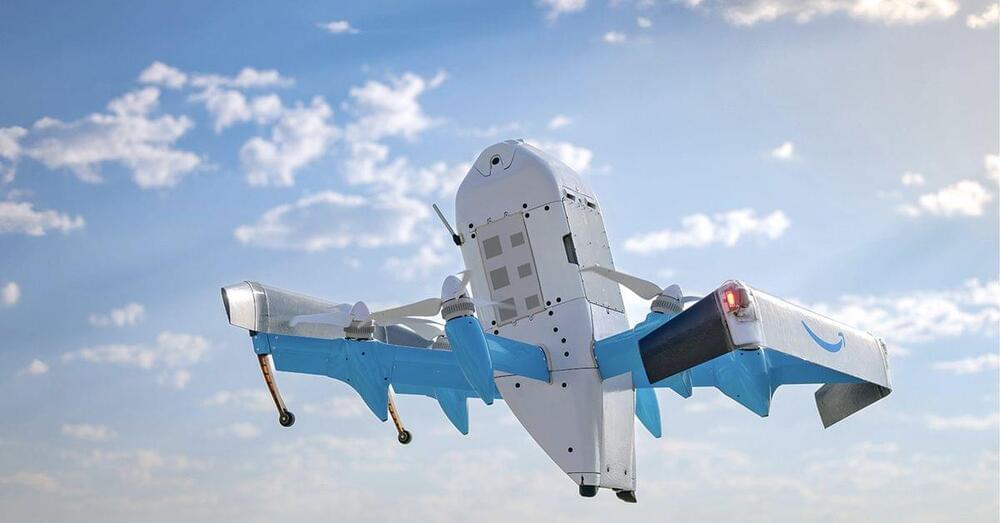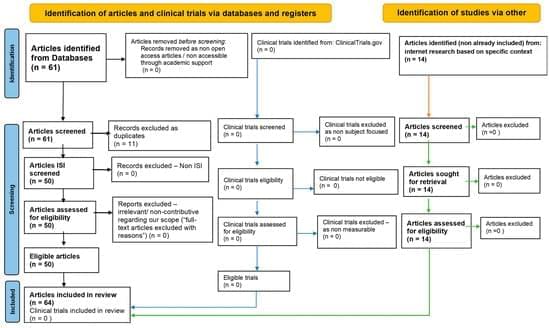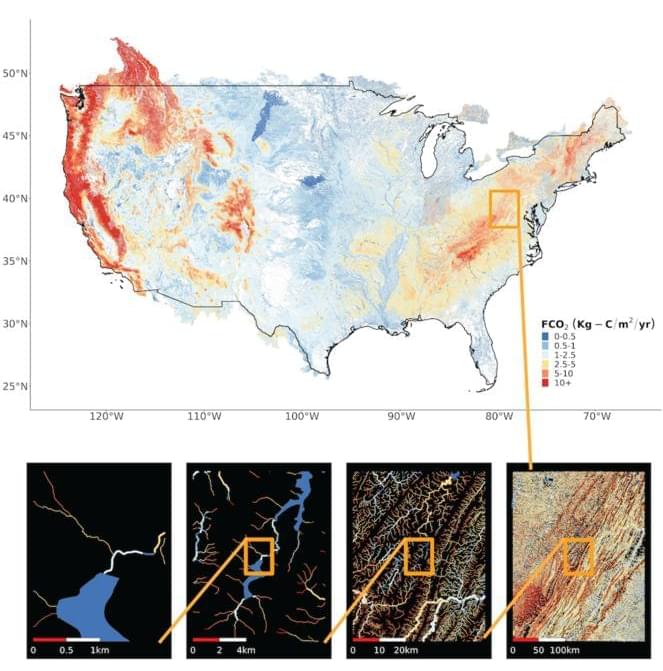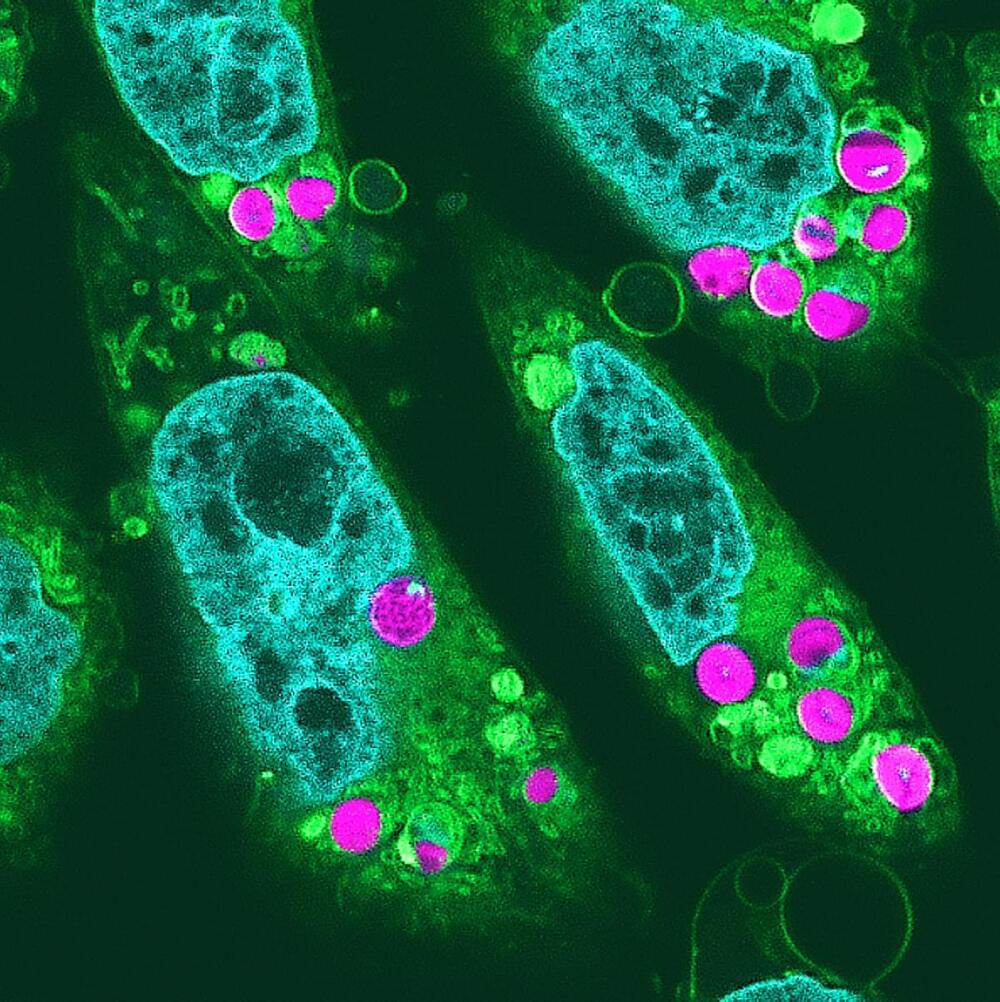Nov 5, 2024
A New Paradigm in Quantum Physics
Posted by Genevieve Klien in categories: computing, mathematics, quantum physics
In a study published in Physical Review Letters, researchers at the Center for Computational Quantum Physics (CCQ) at the Flatiron Institute have revealed that the quantum problem they solved, which involved a specific two-dimensional quantum system of flipping magnets, exhibits a behavior known as confinement. This problem explains why they defeated the quantum computer in its own game. Only one-dimensional systems had previously exhibited this behavior in quantum condensed matter physics.
The researchers revealed earlier this year that they had completely surpassed a quantum computer at a task that some believed could only be completed by quantum computers by using a classical computer and complex mathematical models.
According to lead author Joseph Tindall, a research fellow at the CCQ, this surprising discovery is giving researchers a framework for evaluating novel quantum simulations and aiding in their understanding of the boundary between quantum and classical computers’ capabilities.


















